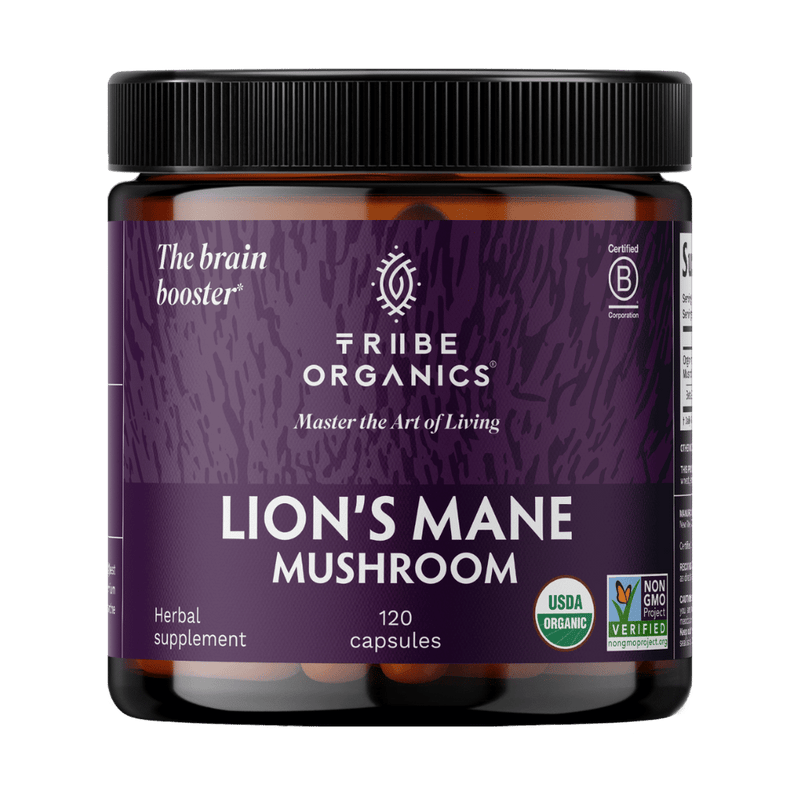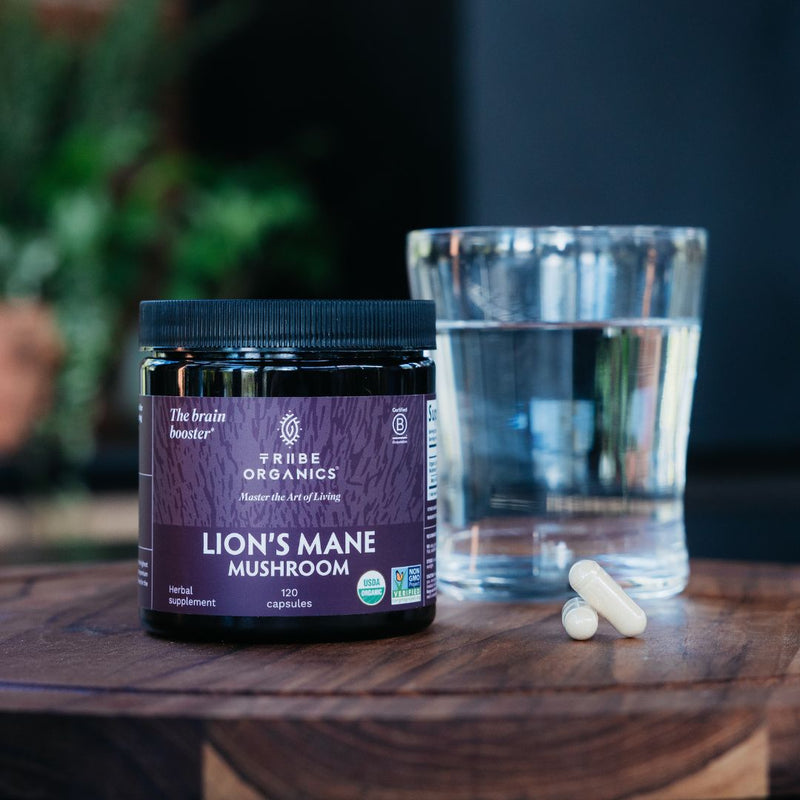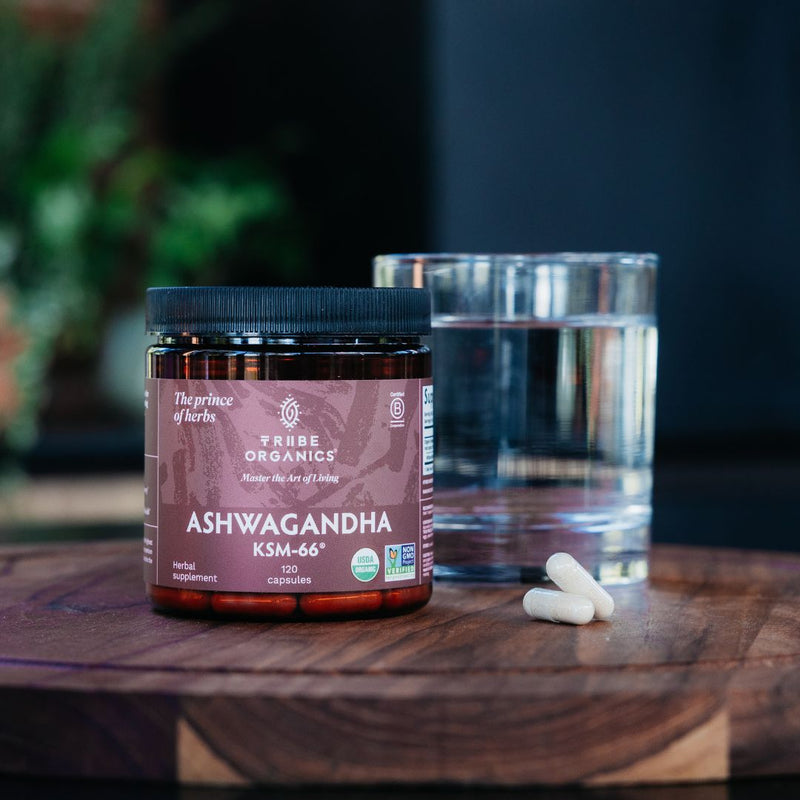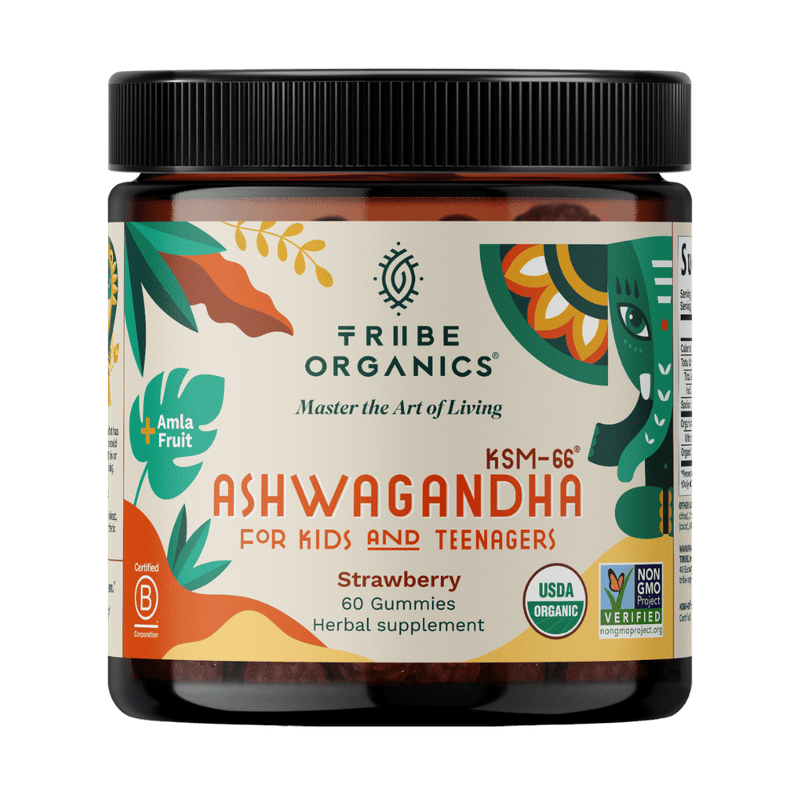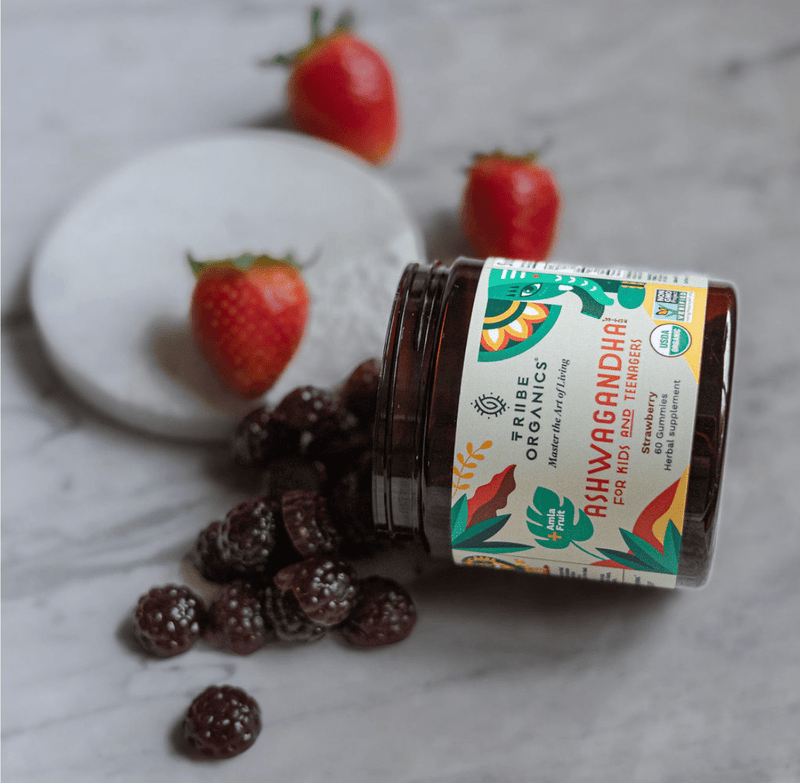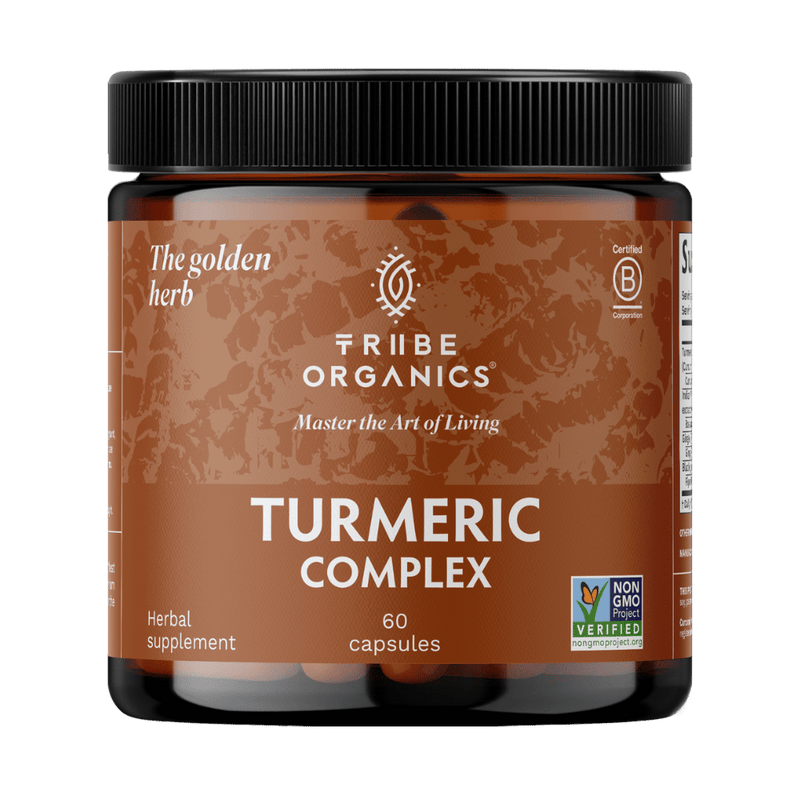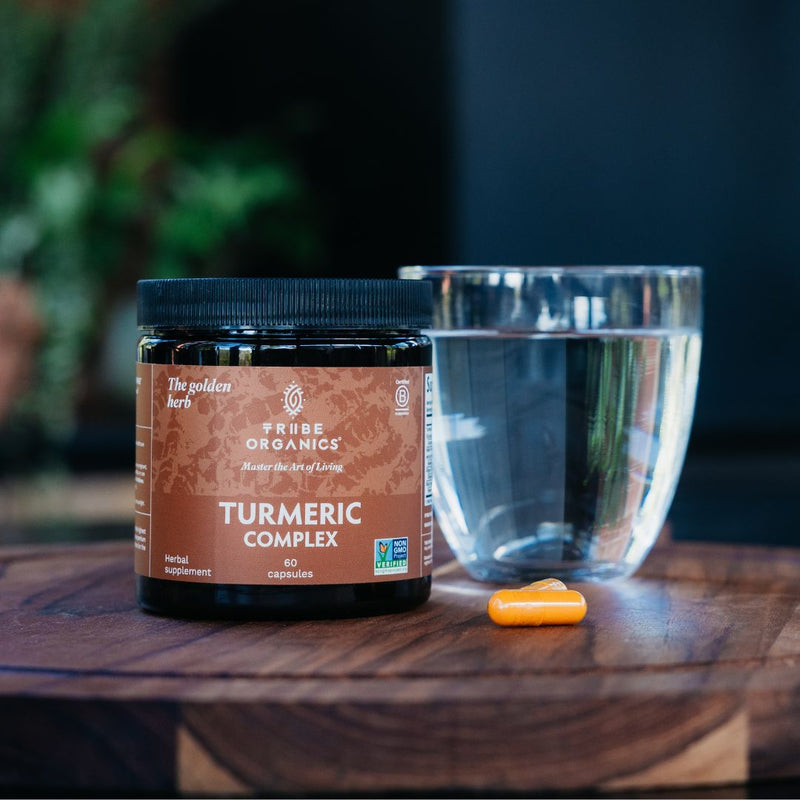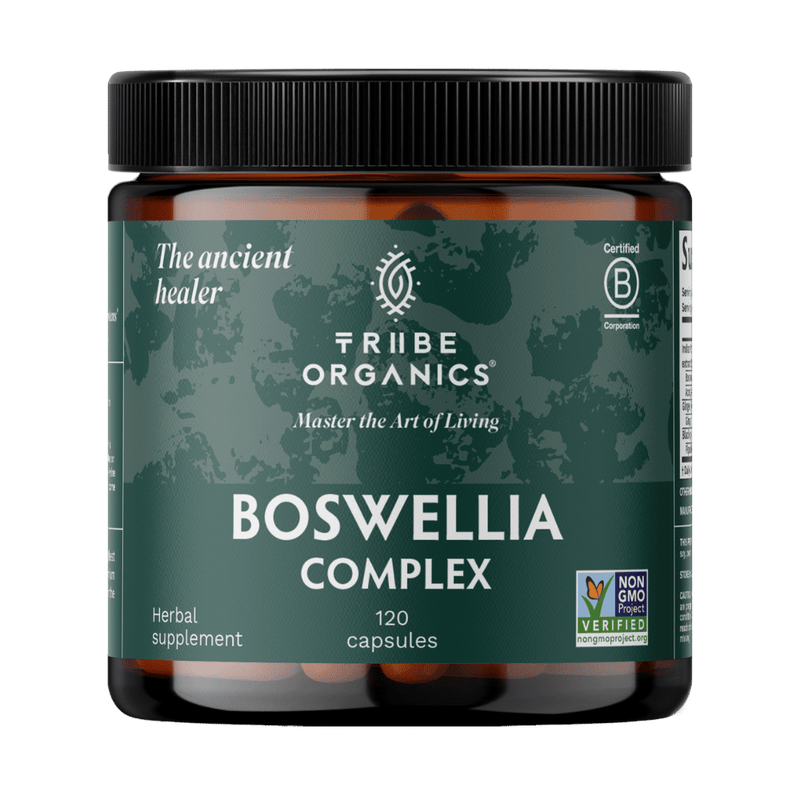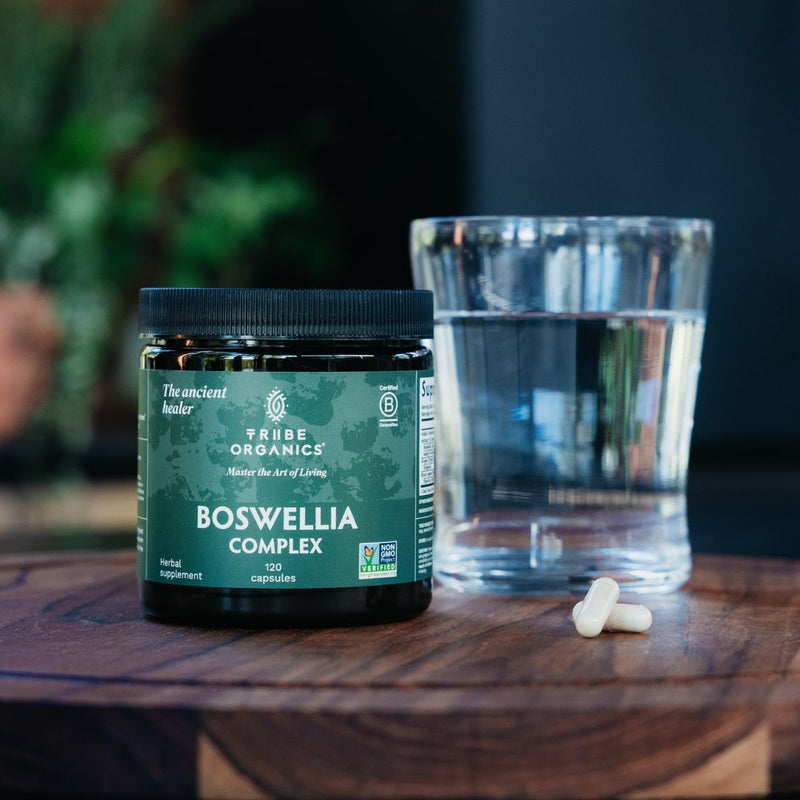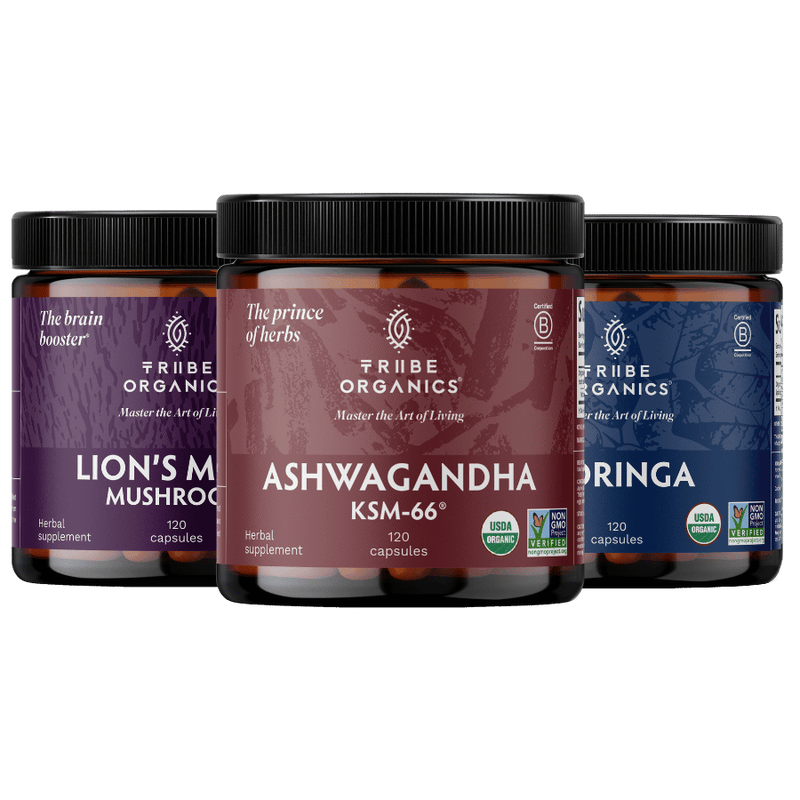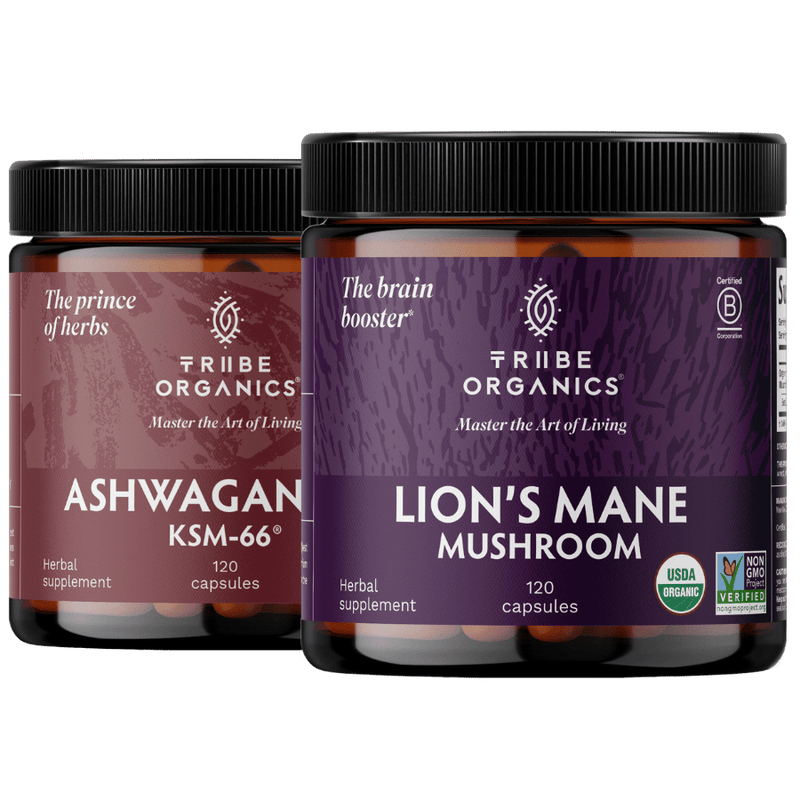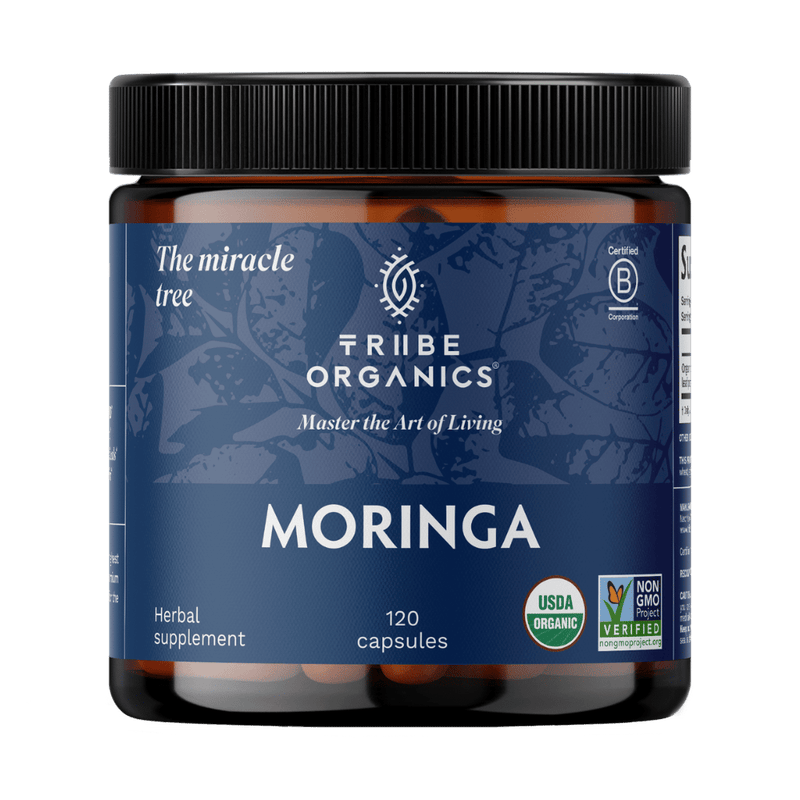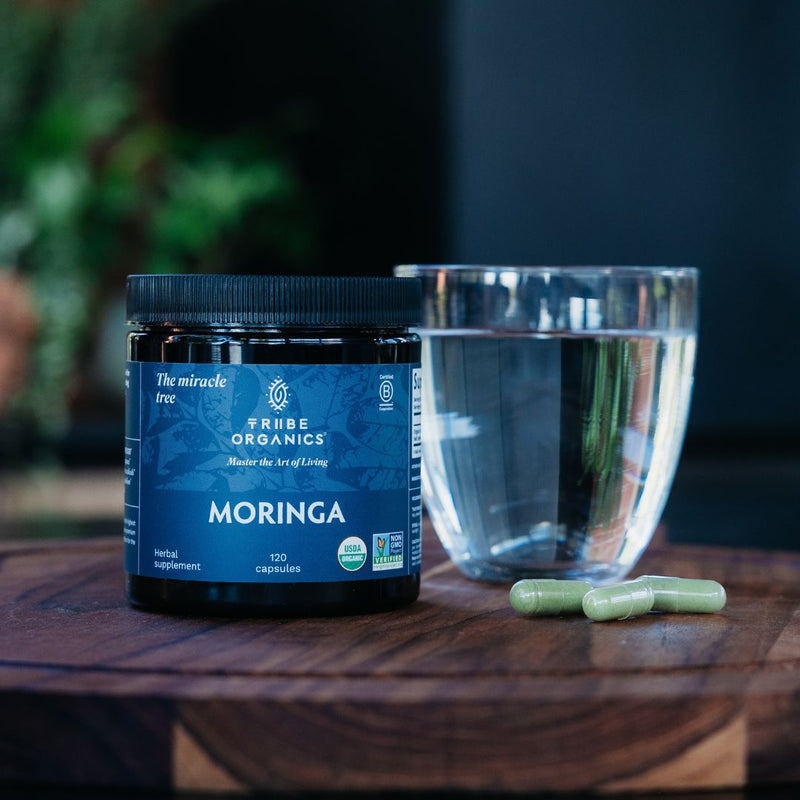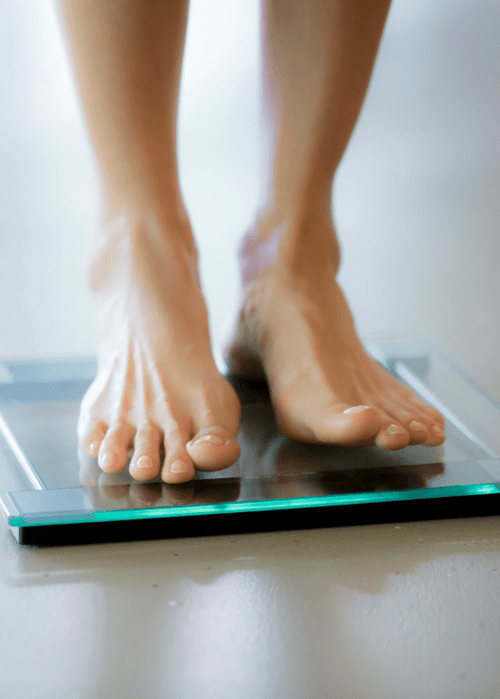Heart disease is the leading cause of death in the US, but there’s a lot you can do to prevent it. Taking time to care for your heart can be challenging as you go about daily life. But it’s easier than you think to show your heart the love it deserves each day. Small acts of self-care, like taking walks, getting quality sleep, and cooking healthy and nutritious meals, all help your heart. Research shows that self-care can help you keep your blood pressure in a healthy range and reduce your risk of heart disease and stroke.

Know How Stress Affects Your Body
Whether it’s from everyday deadlines, the work-life balancing act, or financial struggles, stress shows up often in our lives. Your body reacts to it. Your heart rate increases, your blood vessels narrow—and especially over the long term that’s not healthy! Research shows that stress can make us more likely to get heart disease and have a heart attack. The origins of heart disease begin at a young age, so the earlier in life you learn how to de-stress, the happier you and your heart will be.
Ongoing stress acts on more than just your heart. It affects everything from your nervous system and hormones to your lungs and gut. You may not see the connection, and healthcare providers may not ask about your stress. So try to listen to your body while thinking about what’s going on in your life.
Turn On Your Relaxation Response
Did you know your body also has a relaxation response besides the fight-or-flight? Your breathing slows and blood pressure and heart rate decrease. The good news is you can trigger that response. Ways to do so often combine breathing deeply and focusing your attention on pleasing thoughts and images. Here are a few relaxation response techniques to try. You can do these on your own or find a teacher or class to start. They may take some practice!
1. Meditation
This is one of the most-studied approaches for handling stress. There are a variety of ways to do it, including through mindfulness meditation. Most meditation styles involve:
- Being in a quiet location with as few distractions as possible
- Being physically comfortable either sitting, lying, or walking
- Focusing your attention on a specific word or set of words, an object, or your breathing
- Having an open attitude and letting distractions, including thoughts, come and go without judgment

2. Progressive muscle relaxation
Have you ever had an aching back or pain in your neck when you were anxious or stressed? When you have anxiety or stress in your life, one of the ways your body responds is with muscle tension. Progressive muscle relaxation is a method that helps relieve that tension.
This approach calls for tightening individual muscles in your body and then releasing the tension. Start by tensing and relaxing your toes, then your calves, and on up to your face. Do one muscle group at a time.
How to do progressive muscle relaxation
- Breathe in, and tense the first muscle group (hard but not to the point of pain or cramping) for 4 to 10 seconds.
- Breathe out, and suddenly and completely relax the muscle group (do not relax it gradually).
- Relax for 10 to 20 seconds before you work on the next muscle group. Notice the difference between how the muscles feel when they are tense and how they feel when they are relaxed.
- When you are finished with all of the muscle groups, count backward from 5 to 1 to bring your focus back to the present.
The muscle groups
The following is a list of the muscle groups in order and how to tense them.
Remember to lie down when you do this.
|
Muscle group |
What to do |
|
Hands |
Clench them. |
|
Wrists and forearms |
Extend them, and bend your hands back at the wrist. |
|
Biceps and upper arms |
Clench your hands into fists, bend your arms at the elbows, and flex your biceps. |
|
Shoulders |
Shrug them (raise toward your ears). |
|
Forehead |
Wrinkle it into a deep frown. |
|
Around the eyes and bridge of the nose |
Close your eyes as tightly as you can. (Remove contact lenses before you start the exercise.) |
|
Cheeks and jaws |
Smile as widely as you can. |
|
Around the mouth
|
Press your lips together tightly. (Check your face for tension. You just want to use your lips.) |
|
Back of the neck |
Press the back of your head against the floor or chair. |
|
Front of the neck |
Touch your chin to your chest. (Try not to create tension in your neck and head.) |
|
Chest |
Take a deep breath, and hold it for 4 to 10 seconds. |
|
Back |
Arch your back up and away from the floor or chair. |
|
Stomach |
Suck it into a tight knot. (Check your chest and stomach for tension.) |
|
Hips and buttocks |
Press your buttocks together tightly. |
|
Thighs |
Clench them hard. |
|
Lower legs |
Point your toes toward your face. Then point your toes away, and curl them downward at the same time. (Check the area from your waist down for tension.) |
3. Deep and conscious breathing
This is something you can do anytime, anywhere. Take in a slow, deep breath, let your stomach or chest expand, then exhale slowly. Repeat a few times.

How to practice deep breathing
- Find a calm place with no distractions. You can either lie down or recline in a chair. Then loosen any tight clothing before resting the hands in your lap or the chair’s arms.
- Place one hand on your belly and the other on your upper chest. Take a deep breath from your abdomen while counting to four. You should feel your belly rising up as you breathe in. Be sure the hand on your chest stays in place.
- Pause for a moment before slowly exhaling while counting to four. You should feel your belly falling back down as you breathe out.
Find Your Way to Healthy Relaxing
There’s no one way to control stress. You may want to try a stress management program, do yoga, talk to a professional counselor, take an art class, or join friends for a walk. Being in nature is very soothing for some people.
If you’re short on time, make a list of three-minute activities you love. Add one to each day of your calendar.
Consider:
- Listening to a favorite music during lunch
- Stretching after getting out of bed
- Catching a few minutes of the sunrise or sunset
Finding healthy relaxation exercises is just one way to protect your heart.
Combine de-stressing with other heart-healthy habits: eat nutritious foods, add supplements to your diet, move your body more and exercise, get enough sleep, and develop a strong social support system - your community.
A guide to dealing with stress & anxiety
Shop best sellers
Explore our collection of favorite items that have gained popularity for their quality and satisfaction.


